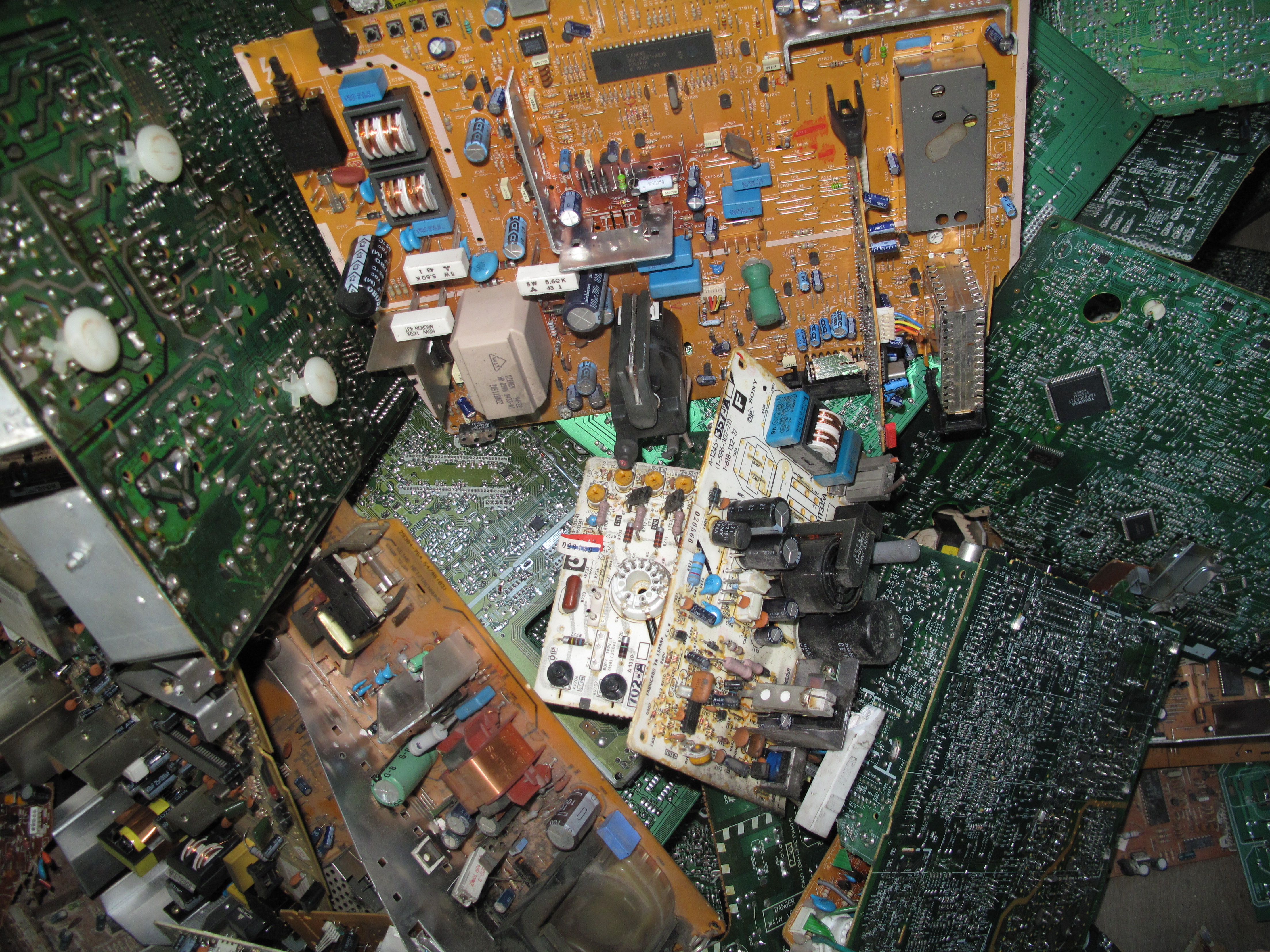The WEEE Forum, a prominent representative of Producer Responsibility Organisations (PROs) throughout the world, has developed a new vision which calls for an overhaul of the current system of extended producer responsibility, including targets, which it claims is not fit for purpose.
Based on recent research undertaken by the United Nations Institute for Training and Research (UNITAR) and against the background of very few EU Member States being able to meet the 2019 collection targets for WEEE despite enormous progress being made in tackling the increasing amount of e-waste generated, the WEEE Forum lays out four vital steps that need to be taken to ensure the system is fair and achievable.
The first is what is termed as the “All Actors Approach” and is a policy model whereby all private and public entities that have access to WEEE and therefore are involved in the collection, logistics, preparation for reuse, refurbishment, treatment, or recycling of WEEE, or in the associated monitoring, legislative and enforcement activities, are subject to minimum legal obligations regarding, amongst other things, compliance with legislation, reporting to the competent authorities and, meeting official standards and communication. The All Actors Approach means all actors have legal obligations which competent authorities must enforce to ensure that all actors contribute in line with their requirements. This approach will result in more fairness and inclusivity in the market as well as enhanced monitoring based on sustained cooperation.
Secondly, that PROs are required only to collect the WEEE to which they have access, i.e. deposited at collection facilities, or handed over to them, and should not be responsible for that which is out of their reach, for example treated as metal scrap. For that WEEE they have access to they will collect 100% of it. The approach proposed also recommends a role for PROs focused on the means and not just the ends. PROs would also play a relevant role in supporting actions that will turn unreported WEEE flows into officially reported and properly treated WEEE.
The third step suggested is to introduce several measures that authorities should implement to support the collection of WEEE. These include setting up a coordination body, improving the collection network and the better monitoring of WEEE flows.
Finally, there is a call for revision of the calculation method for setting the targets for the quantity of WEEE to be collected in each Member State. This is based either on the amount of electrical and electronic equipment placed on the market or on the amount of WEEE generated previously.
Commenting on this last step, Jan Vlak, President of the WEEE Forum, noted that, “An All Actors Approach and supporting measures will certainly increase collection rates but are not a guarantee for reaching the targets. Unexpectedly, the research noted that the method used to calculate the current collection targets is not fit for purpose and results in targets that are inadequate and defeat their intention. This should be addressed as a priority.”
He continued, “The main shortcomings of the WEEE Generated target methodology are the fluctuations in the tonnages for collection due to economic cycles, inaccuracies of ‘placed on market’ and lifespans. Furthermore, the high collection targets under the ‘placed on market’ approach conflict with the current waste hierarchy that promotes waste prevention and the extension of the life of appliances.”









